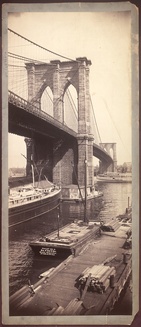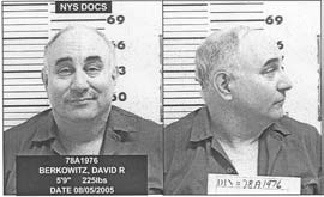Roebling, was born on June 12, 1806 in Mühlhausen, in the Kingdom of Prussia (modern Germany). He studied engineering in Germany, and came to the USA in 1831, purchasing land with his brother Carl in Butler County, Pennsylvania. Having come to the US with a technological utopist, Johann Etzler, the brothers intended to create a utopian settlement, called Saxonburg. The Roeblings had split from Etzler just prior to obtaining their land.
Roebling initially did not pursue engineering, but rather farmed his land. By 1837, when Carl died, and his first child was born, Roebling had resumed working as engineer, as farming did not satisfy him.
Roebing's first project was surveying for a railway line across the Allegheny Mountains for the State of Pennsylvania. In 1840, he offered assistance to suspension bridge desinger Charles Ellet, Jr, in his work on a bridge in the vicinity of Philadelphia.
In 1841, he started to produce wire rope in Saxonburg. This was initially to replace the thick hemp rope used to move railroad cars up and down inclines on the Allegheny Portage Railroad.
It was around this time that he started work on a number of aqueducts in Pennsylvania, and for the Delaware and Hudson Canal.
In 1867, Roebling started design work on what would be his masterpiece, the Brooklyn Bridge.
In 1869, while standing on a dock to determine the proper location for the Brooklyn Bridge to be built, his foot was injured by an arriving ferry. Having refused some further treatment, and trying alternative methods of curing his foot, he died as a result of tetanus 24 days later on, July 22, 1869.
Roebling was interred in the Riverview Cemetery in Trenton, NJ.







 RSS Feed
RSS Feed